The Parks Project | Interview with NatureBridge Educator Diana Lopez
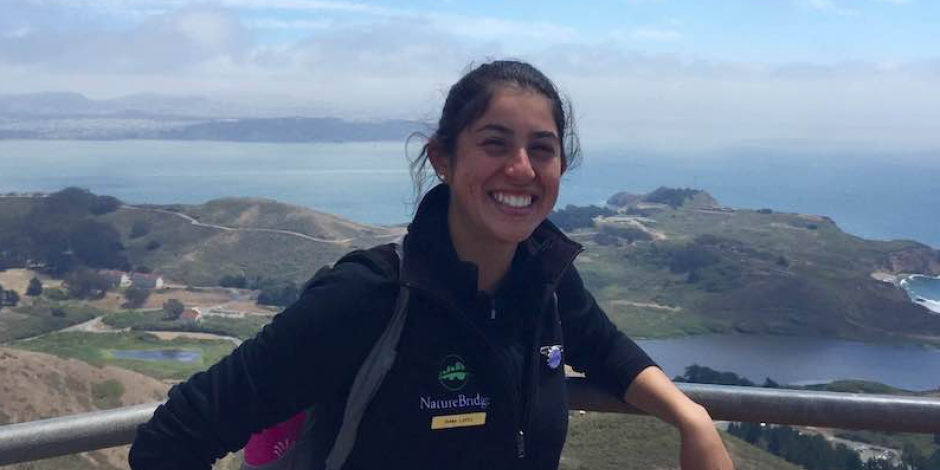
We sat down with Diana Lopez Senior Educator for NatureBridge and overall rad environmental educator! Read on to learn more about how she chose this career path and how she's spreading the message to dream big to her young students!
This interview was originally published by the Parks Project.
Park Champ: Diana Lopez #
How did you get involved in Environmental Education?
I got involved in Environmental Education directly through NatureBridge. I never knew that Environmental Education was a career path that I could take because it wasn’t really something that I did as a student growing up. In college, I had the full intention to use my Environmental Science degree to get into environmental law but my last semester at UC Berkeley I volunteered with an awesome organization called BUILD (Berkeley Unified in Literacy Development). There I fell in love with teaching and working with students. I knew that I had to combine my love for teaching with the environment.
After graduating college, I was working for an after school program as the science lead for a few schools in the community where I grew up when I caught wind of the Educator Development Program (EDP). I eagerly completed my application and submitted my essay...and the rest is history!!
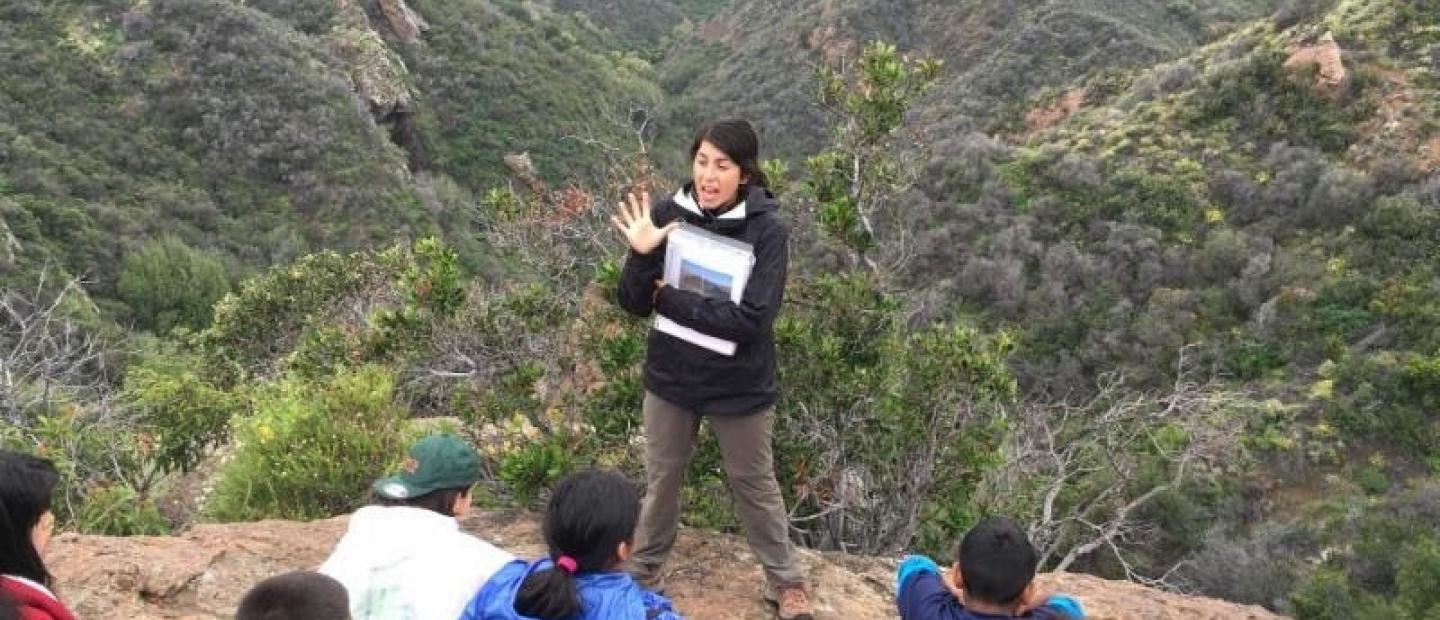
Could you please give a brief overview of what NatureBridge is?
NatureBridge is a non-profit organization that does hands-on environmental science with students in six national parks. We offer three- to five-day programs and work with teachers to tailor our lesson plans to what students are learning in their classrooms. While on trail, we touch on a wide range of topics including current environmental issues, watersheds and geology (to name a few). Students also participate in science inquiry projects led by the students themselves or facilitated by an educator but more importantly, students have an opportunity to explore the world around them and make deeper connections with classmates, teachers and nature.
NatureBridge is comprised of six campuses each located within a National Park. Here in Southern California we operate out of the Santa Monica Mountains Recreation Area in Malibu at two locations, Circle X Ranch and Camp Shalom. We like to think of our Southern California Campus as the “ugly stepsister” of NatureBridge. I mean it’s hard not to think of us that way when comparing us to Yosemite or Olympic. When colleagues from other campuses come to visit though they don’t often expect to fall in love with the Santa Monica Mountains.
But like so many others, they are pleasantly surprised and enamored by this beautiful place. It just goes to show you that each park has something uniquely beautiful and special about it. I personally think the Santa Monica Mountains are one of the best kept secrets of Southern California. I grew up thirty minutes away from this place and had no idea that it existed or that I lived so close to land that was a part of the National Park Service system. This is something that is true for so many people living in Ventura and Los Angeles counties.
What is the Educator Development Program?
The Educator Development Program is an eight week training program for individuals who identify as being underrepresented in the field of outdoor education. It is designed to recruit individuals who can better connect with the diverse student communities that we serve. It’s essentially NatureBridge’s way of attempting to remain culturally relevant to the communities that come to our campuses as well as an effort to create a more equitable and inclusive workplace. The Educator Development Program is a key component in helping us fulfill our mission which is to foster environmental literacy to sustain the planet. When students have educators who look like them or share similar life experiences it creates an avenue to forge a deeper connection with our educators which in return allows them to develop deeper connections with nature. When our students walk away from our programs they take with them these new connections, knowledge and inspiration back into their communities and continue to embody what it is to be an environmental steward of the earth.
EDP was such a life changing experience for me. It was challenging, empowering and a time that I will always look back on and forever hold close to my heart. I learned so much about experiential education, what makes an educator a GREAT teacher, went backpacking for the first time in my life and more importantly made a group of friends who I consider familia. EDP was such a great experience because of the thoughtfulness and intentionality of the training program which genuinely embraces and celebrates diversity and because of the group of people who were on this journey with me. I was with other people of color who shared similar life experiences, obstacles and passion. We were given a safe space to learn and grow together, a chance for our voices to be heard instead of silenced.
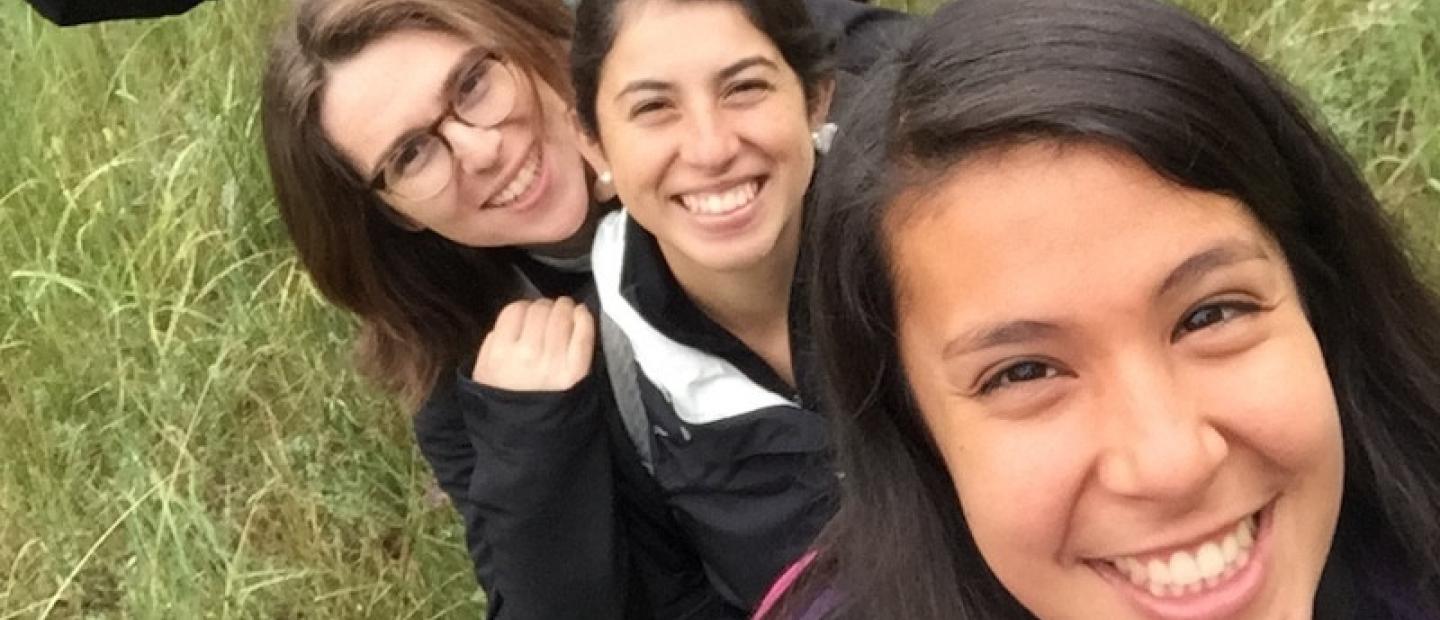
Why Southern California?
I chose to work at our Southern California campus because it was close to where I grew up and where most of my family lives. But the reason why I chose to stay at Southern California rather than somewhere else within the organization can be summed by two reasons: staff and community. Our team here feels more like a family than anything else. Everyone is always so encouraging and supportive! It’s the best work environment you could ask for.
I have to say though the real reason why I will choose Southern California over and over again and over working in Yosemite or Golden Gate is because of the students we serve here. Here in Southern California I am able to give back to Ventura and Los Angeles counties. I work with a population of students who for many it is their first time being outdoors or sleeping in a tent when they come to our campus. I would argue that just being in the outdoors and getting away from the sirens, violence and injustices that plague our communities in the concrete jungle of Los Angeles and surrounding areas is more important than the science itself.
I had a professor in college, Robert Reich who said that we all want to change the world but we want to do it from the Bay Area and we all can’t do that. It is so critical to go into our communities and raise others up and beyond to where we are. And because of NatureBridge I am able to do just that, give back to the community that helped raised me.
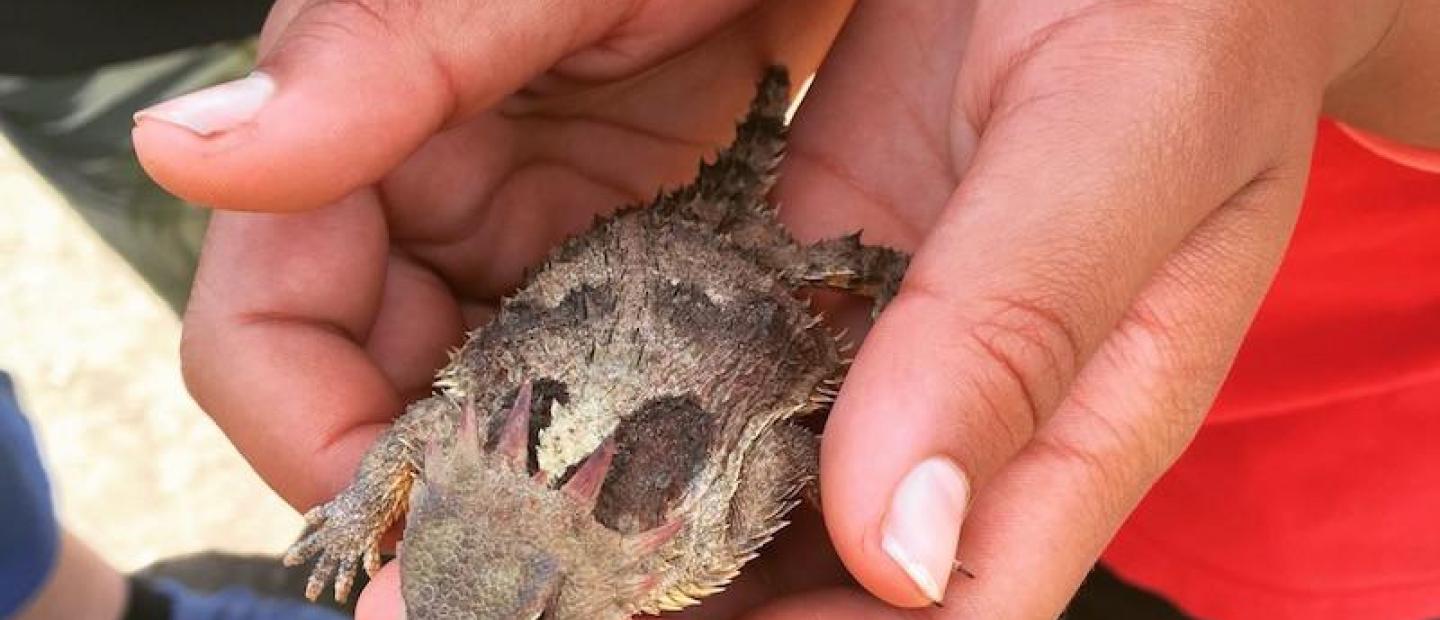
What exactly do you do within NatureBridge?
This is a very loaded question! I have several roles here at our Southern California campus. My first role is my position as Senior Educator, where I support the Education Director through things like planning and developing staff training, developing and administering curriculum and lastly by acting as a mentor and supporting incoming education staff in areas of program design and administration.
I am also the Diversity, Equity and Inclusion (DEI) Lead for our campus. In this role I help coordinate EDP for our Southern California campus, develop and practice equitable and inclusive practices, develop culturally relevant curriculum and help to support our Equity and Inclusion Coordinator through analyzing data around DEI as well as to help facilitate DEI staff trainings.
Another role that I have is that I am the Social Emotional Learning (SEL) Lead where I am responsible for planning and facilitating trainings, developing SEL standardized curriculum and mentoring or supporting staff in their individual SEL journeys.
Finally, my last role is as the Diverse Educators in Parks Program (DEPP) Lead. DEPP is designed to support the recruitment and retention of educators who identify as underrepresented in the fields of environmental education and interpretation, and who are qualified and available to complete the approximately 6-month DEP Program with NatureBridge and NPS. The National Park Service and NatureBridge at Santa Monica Mountains serve a diverse population from Los Angeles and Ventura Counties and strive to support a diverse workforce that reflects the population in which it serves. In that role I am the main liaison between NatureBridge and NPS and share the regular responsibilities of NPS interns.
What is your favorite part of the role? The most challenging?
My favorite part of my job is, not surprisingly, being on trail with students. We have so much fun learning, laughing and exploring the environment around us whether it’s catching newts or sauntering through a meadow. It’s an honor and a privilege to be able to share what I love with my students. The most challenging part of my role is being able to balance all four of my roles and finding the time to dedicate to each of them equally.
NatureBridge is a partner of the National Park Service - how do you work with them?
We are one of the largest residential environmental education providers that partners with the National Park Service. We mutually support one another’s missions and continue to share resources, trainings and sometimes staff through programs such as DEPP.
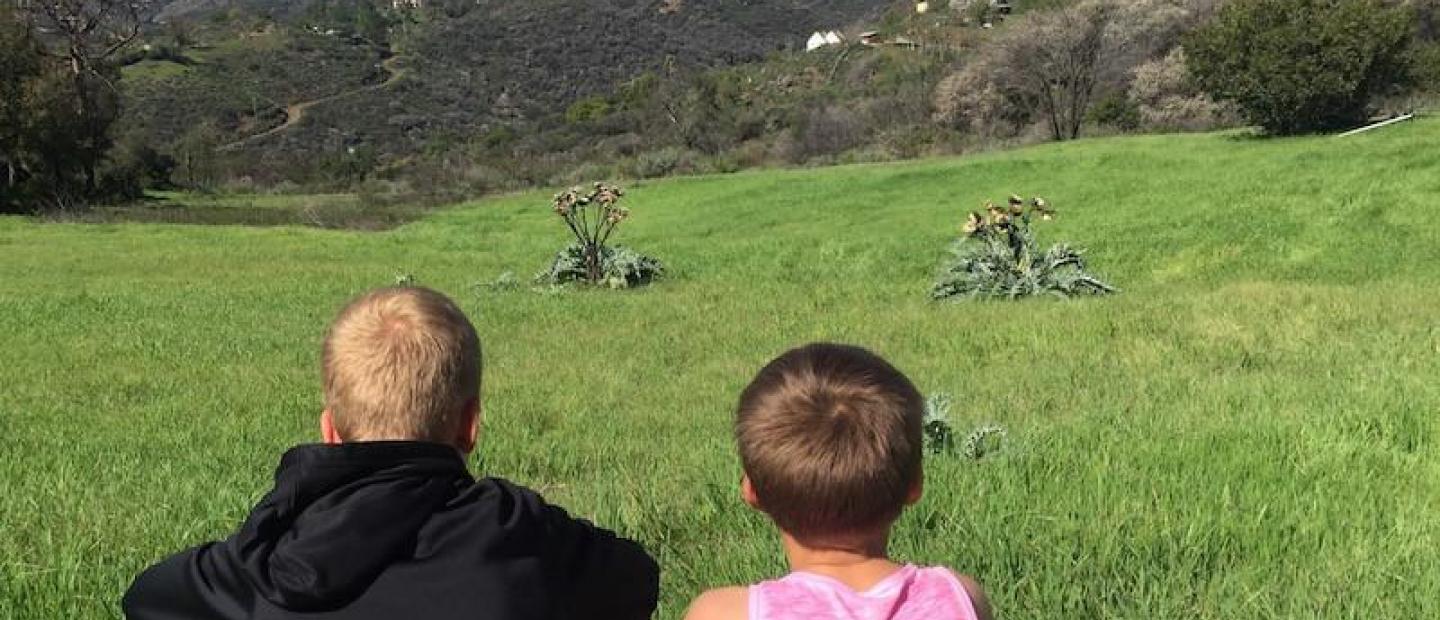
I’m sure you have some great stories from the field - could you please share a certain standout experience that you’ve had?
I think my favorite story to share is from last Spring towards the end of programming when we had a group of fifth grade students from Boyle Heights. At the end of every program I make it a point to stand on my soap box and proceed to tell my students to DREAM BIG especially when they are students of color. I tell them that sometimes because of the color of our skin or where we come from it is more difficult for us to reach our goals but I know that as a woman of color and as a Latino that I’ve been in their shoes, I’ve tread a similar path, and that if I can do it than they can do it as well.
I’m honest with them and tell them that it’s not going to be easy but I know that they will overcome because over the course of our time together I’ve seen how intelligent and resilient each and every one of them are. So if they want to be a doctor, lawyer, teacher, mechanic then they better be THE best and baddest doctor to walk this earth!
At that moment, a student looks up at me with their beautiful brown eyes and says “you mean I can work for NatureBridge”? I replied enthusiastically, “Yes! You can come back and work for NatureBridge”. For me, I know I’ve done my job when my students walk away feeling empowered and inspired.
Our mantra is to always “leave it better than you found it” - do you practice the leave no trace policy within the groups that you lead? If so, how do you do that?
Leave no trace is something that is practiced on every NatureBridge program on every campus! We strongly believe in leaving this place better than you found it and educate our students on the importance of this value.
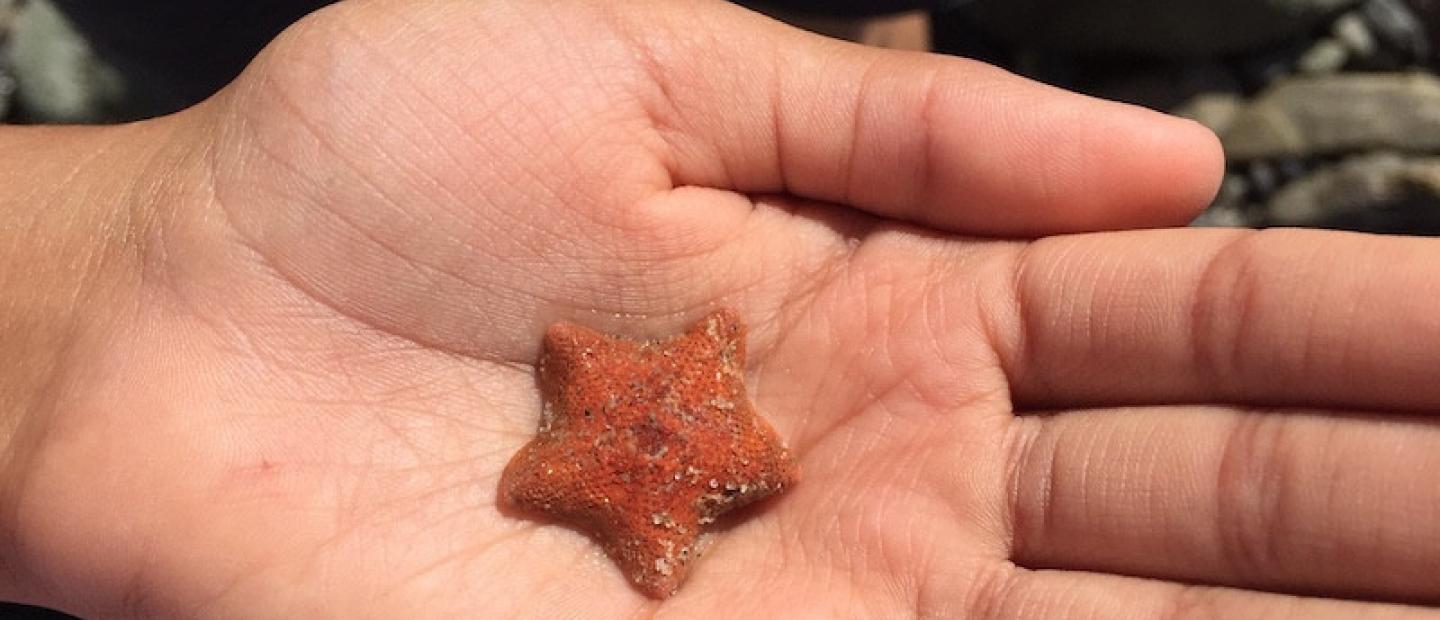
Have you been able to travel to many National Parks? Which was your favorite?
I have definitely been able to travel to a few National Parks. My favorite national park is Yosemite!! I don't think I have a particular memory that stands out to me, rather I have a collection of memories from my childhood that forms one massive and happy memory.
Growing up I spent some time in Yosemite with my family hiking, camping, swimming, searching for bears, making s'mores by the campfire, searching the night sky for shooting stars and hearing my younger sister's roar of laughter as I knocked down a row of parked bikes in Cook's Meadow.
Some of my fondest memories as a child revolve around the short amount of time I spent in my little piece of heaven on earth, Yosemite. To me, my love for not only the National Parks but all outdoors spaces, whether it be urban parks or my own backyard, started with Yosemite. To me, Yosemite will always have such a special place in my heart. It's a place that drove my sense of adventure and curiosity but also inspired me to pursue a degree in Environmental Science so that ALL outdoor spaces could be equitable and inclusive to people from all walks of life, backgrounds, religions, sexual orientation or ethnicity.

